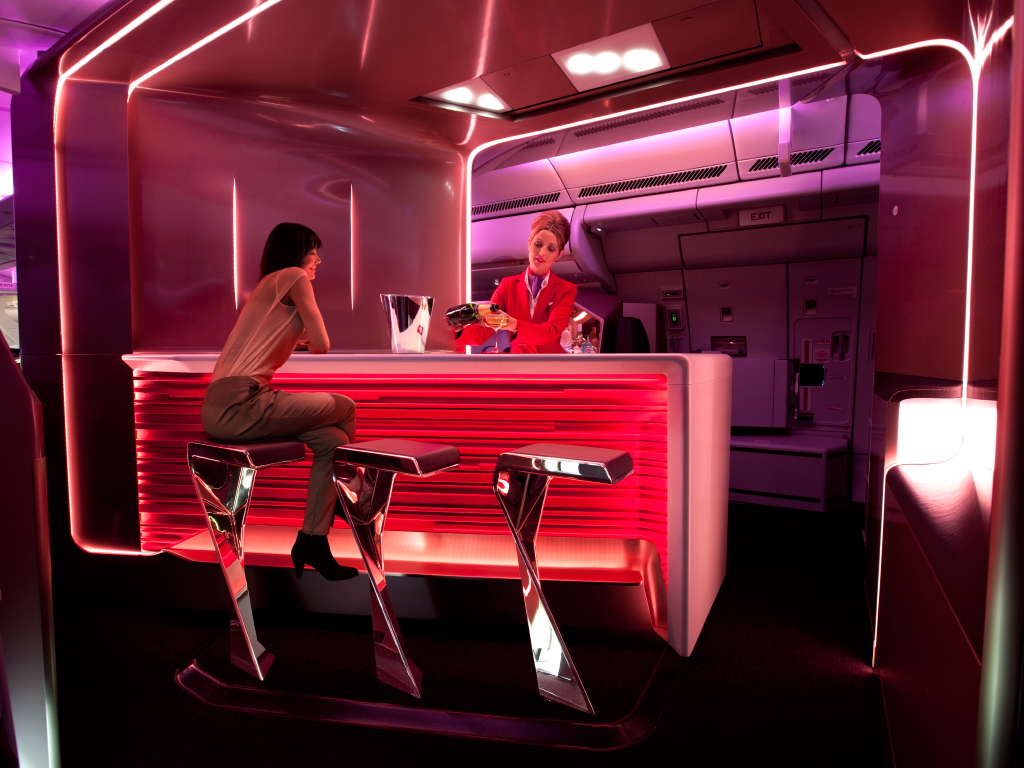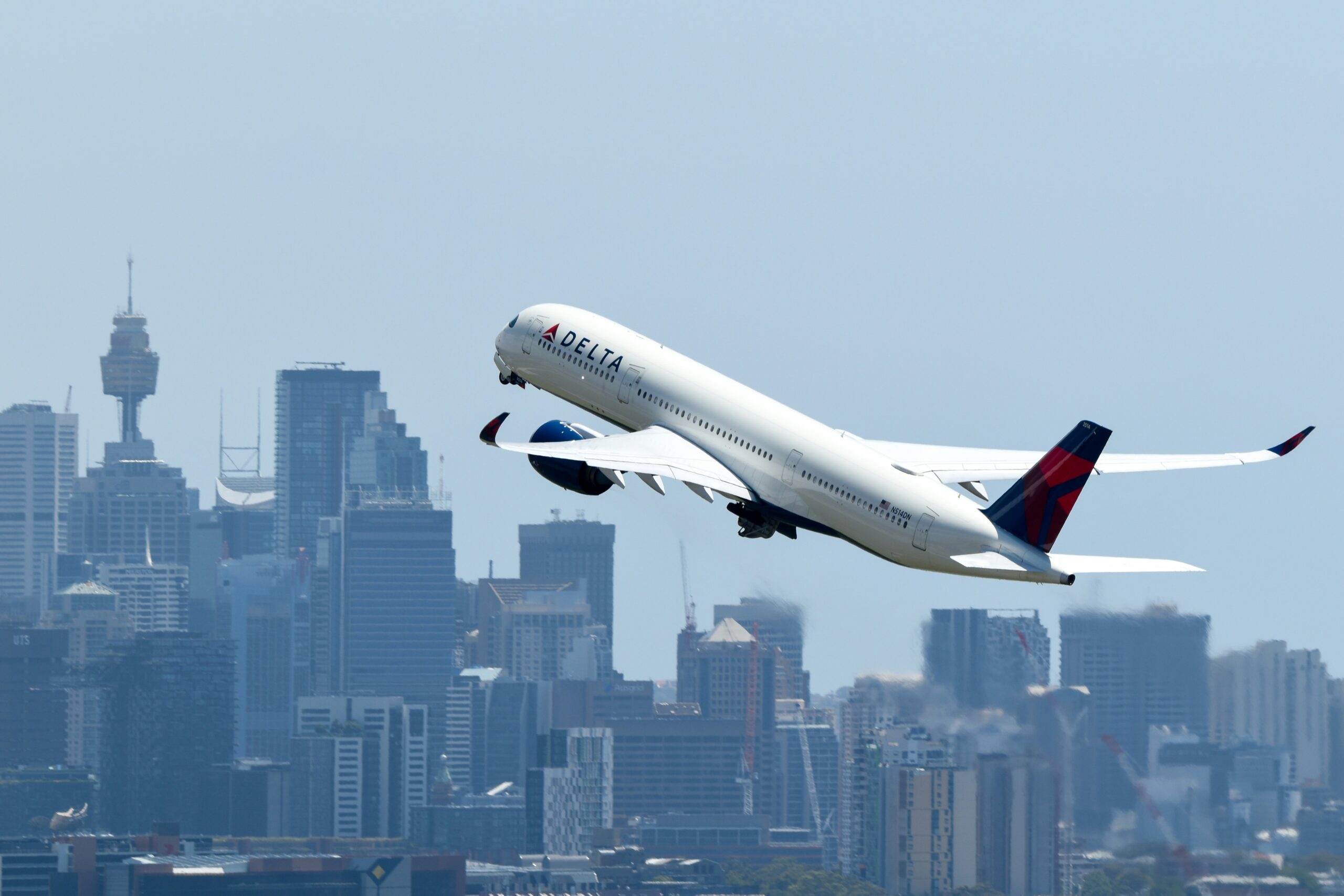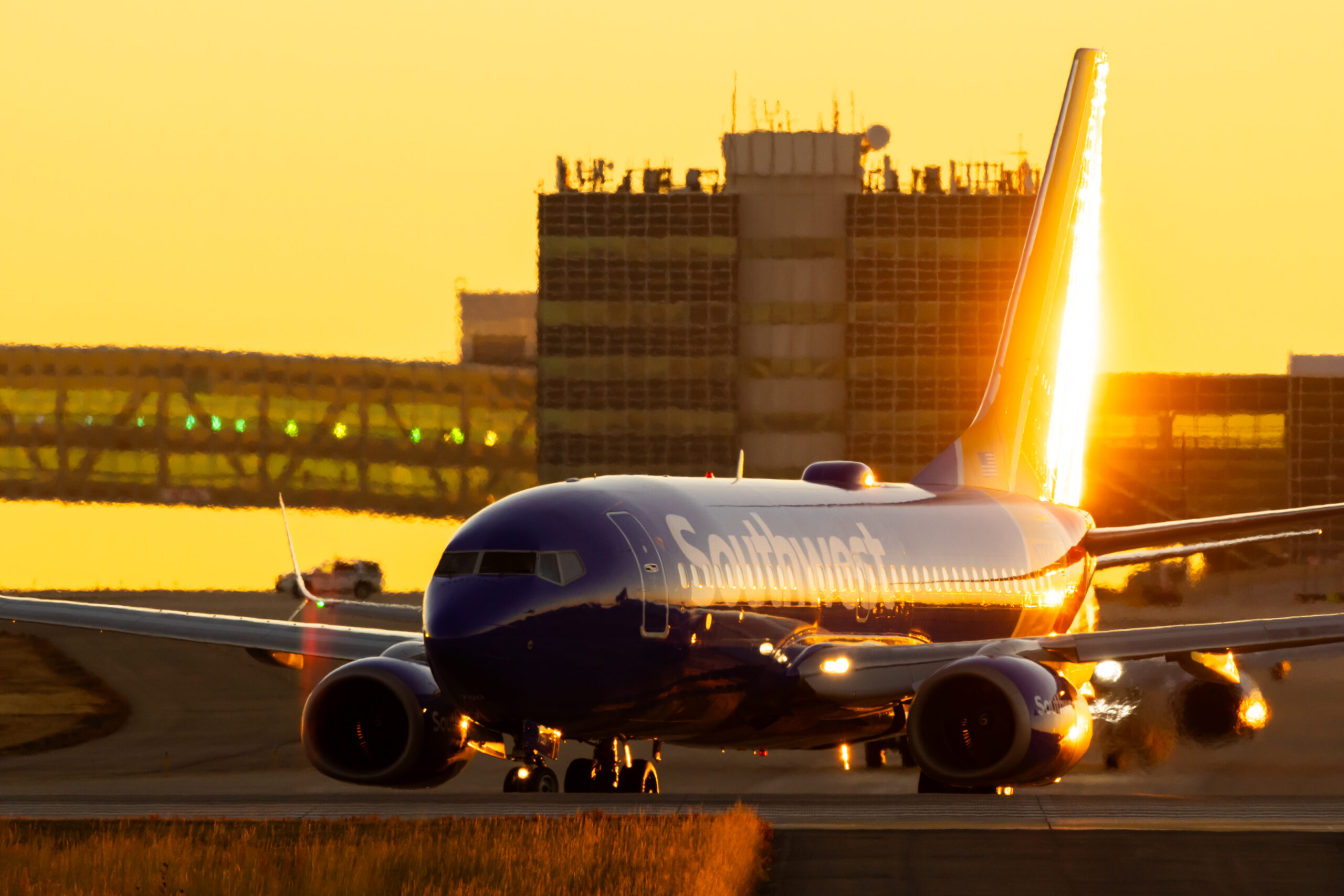Breeze’s Next Stop: Brazil? Azul Partnership Puts Latin America Within Reach
David Neeleman shares vision for profitable growth, underserved markets, and a low-cost, high-comfort hybrid model
by George Gomez
April 9, 2025
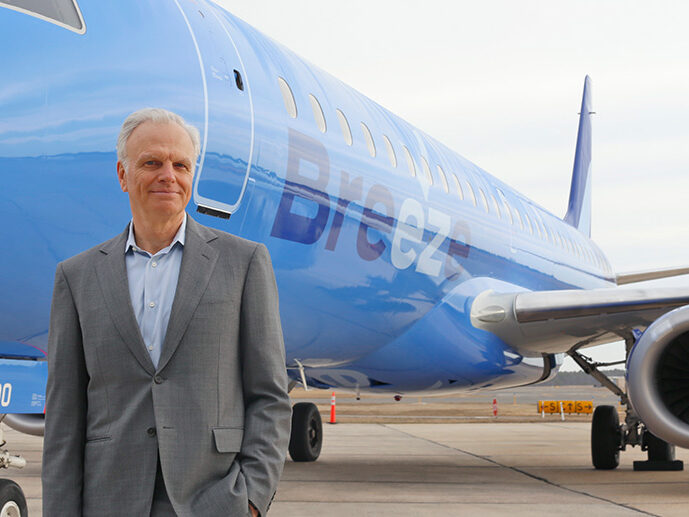
Photo: Courtesy of Breeze Airways
When David Neeleman takes the stage, industry leaders tend to listen. And at the CAPA Airline Leader Summit in Dublin on April 3, the founder and CEO of Breeze Airways delivered a frank, forward-looking keynote that mapped out how the U.S. startup airline is rewriting the rules of commercial aviation — one overlooked city at a time.
In a 30-minute discussion with APEX Group CEO Dr. Joe Leader, Neeleman explained how Breeze’s model of digitally native operations, point-to-point flying, and customer-first simplicity isn’t just disruptive — it’s profitable.
“I’ve spent my whole career trying to make flying better for people who don’t live in the biggest cities,” Neeleman said. “Breeze finally lets us connect those dots with nonstop service, great aircraft, and a simple, affordable experience.”
Flying Where Others Won’t
Since its 2021 launch, Breeze Airways has pursued a very specific kind of traveler — one largely ignored by legacy carriers and traditional low-cost airlines: passengers in midsize U.S. cities with few nonstop options.
“From day one, we knew we didn’t want to be just another airline trying to squeeze into the same crowded markets,” Neeleman said at the summit, as reported by APEX.aero.

Photo: Courtesy of Breeze Airways
“We wanted to go where the need existed, where people had been ignored — cities where the only options involved long drives to bigger airports or hours of connecting flights through hubs.”
Breeze connects lesser-served city pairs like Provo to San Bernardino or Akron to Charleston, shaving hours off travel time. The airline’s point-to-point model is powered by robust data modeling that identifies demand too modest for hub-based incumbents but perfect for a nimble upstart.
Comfort Without Complexity
The backbone of Breeze’s fleet — and its expansion — is the Airbus A220-300, which offers the economics of a low-cost carrier with the cabin comfort of a legacy airline.
“The A220 allows us to fly coast-to-coast efficiently with a better onboard experience than any other aircraft in its class,” Neeleman said. “It’s quiet, fuel-efficient, and passengers love the cabin layout.”
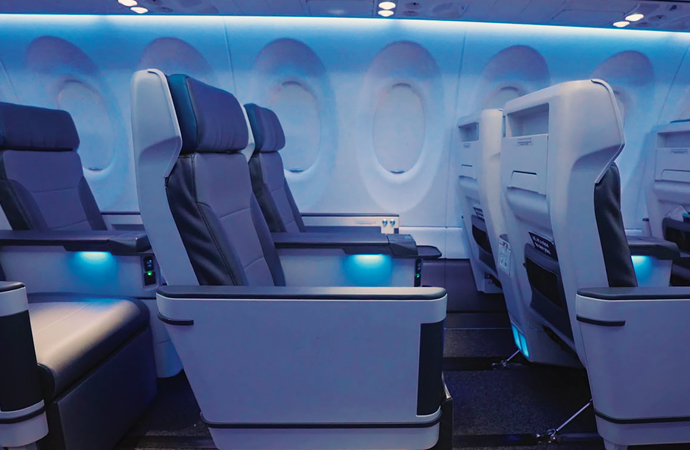
The Safran Z600 seat measures 20.5 inches wide with a pitch of 39 inches / Photo: Courtesy of Breeze Airways
The A220’s unique 2-3 seating eliminates middle seats on one side, and Breeze’s 36 premium “Ascent” seats, available through its “Nicest” fare tier, provide extra legroom, in-seat power, and dedicated overhead bins — all without significantly compromising capacity. The product won the 2024 APEX Award for Best Seat Comfort in North America.
With 16 new A220s entering service in 2025, the airline plans to use the aircraft to expand transcontinental routes while maintaining low unit costs and high passenger satisfaction.
A Mobile-First Experience
Breeze isn’t just different in the air — it’s different from the moment you open the app. The carrier was designed around a mobile-first ecosystem that minimizes overhead and maximizes control for the traveler.
“We built the airline around the idea that your phone is your boarding pass, your check-in agent, and your help desk,” Neeleman explained. “We didn’t want long lines, printed itineraries, or call center wait times.”
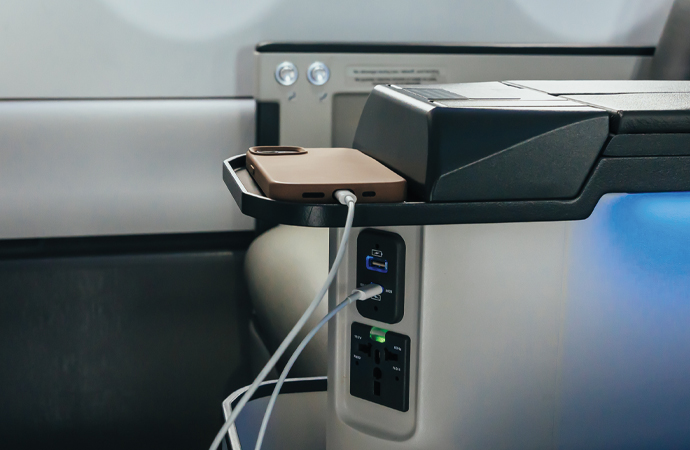
Every seat is equipped with various charging options, including a USB-C port / Photo: Courtesy of Breeze Airways
Automation plays a major role in Breeze’s customer support strategy, which allows its human staff to intervene when it matters most.
The airline also offers gate-to-gate Viasat connectivity on all A220s — a core part of its value proposition. “Whether people want to work, stream, or stay in touch, we knew we had to offer that from the start,” Neeleman said.
Choice Without Confusion
Breeze’s fare structure — “Nice,” “Nicer,” and “Nicest” — gives passengers clear, tiered options without surprise fees. The top-tier Nicest fare includes Ascent seating, checked bags, and priority boarding.
“We’ve had travelers tell us they’ve never flown in a premium seat before,” Neeleman noted. “For them, it’s a whole new experience — more comfort, less stress, and still affordable.”
This hybrid model — which Breeze calls a “Nice Low-Cost Carrier” (NLCC) — is proving uniquely effective. The airline claims average fares are 44 percent lower than competitors on the same routes, thanks to its cost structure and efficient use of fleet and crew.
Rapid Growth Without Growing Pains
Breeze recently recorded its first full quarter of operating profit, with $200 million in revenue and a 4 percent margin in Q4 2024. Annual revenue jumped to $680 million, up 78 percent year-over-year.
“This milestone is a major accomplishment for Breeze and a testament to the hard work of our more than 2,000 incredible Team Members,” Neeleman said.
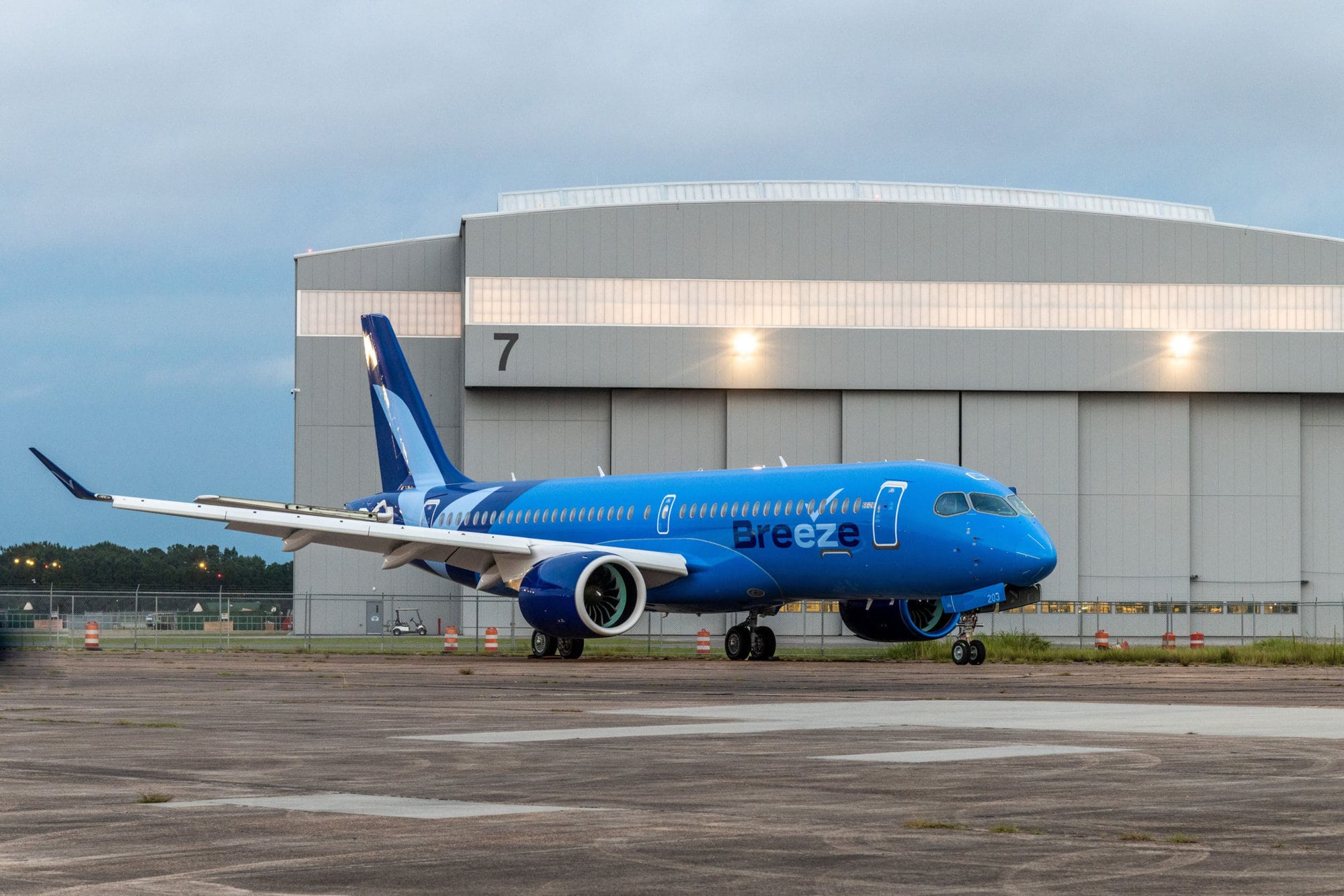
Photo: Courtesy of Pratt & Whitney
“In under four years, we have managed to grow and expand at an unprecedented rate while providing millions of people access to efficient, affordable, and elevated air travel,” he added.
The company is expanding with care, avoiding the pitfalls of overextension that have plagued other fast-growing carriers. “We’re not trying to do too much too fast, and that’s helped us avoid some of the major disruptions others have faced,” Neeleman told Dr. Leader at the APEX conference. Employee morale and transparency are core values. “Our people know they’re part of something new and meaningful,” he added. “That sense of ownership makes a huge difference.”
Connecting Abroad with Azul
This spring, Breeze is launching service to three new cities — Rochester, Albany, and Memphis — along with 19 new routes that further its mission of connecting underserved markets.

Graphic: Courtesy of greatcirclemap.com / Markus Englund
Many of these are direct or one-stop “BreezeThru” flights, minimizing layovers and hassle. New routes include:
- Rochester, NY to Charleston, Raleigh-Durham, and BreezeThru service to Orlando and New Orleans
- Albany, NY to Charleston, Raleigh-Durham, and Fort Myers
- Memphis, TN to Tampa, Raleigh-Durham, and Providence
Other new or seasonal routes will connect cities like Greenville-Spartanburg, Akron-Canton, Pensacola, and Westchester County.
And, for the first time, Breeze is also setting its sights beyond the U.S. Later this year, the airline is planning to launch flight connections with Azul in Brazil — Neeleman’s other airline venture — creating seamless itineraries between Breeze’s U.S. network and Azul’s extensive domestic reach.
“It’s a natural fit,” he said. “We’re connecting the dots between two airlines that share the same DNA — great service, great people, and nonstop routes where others don’t fly.”
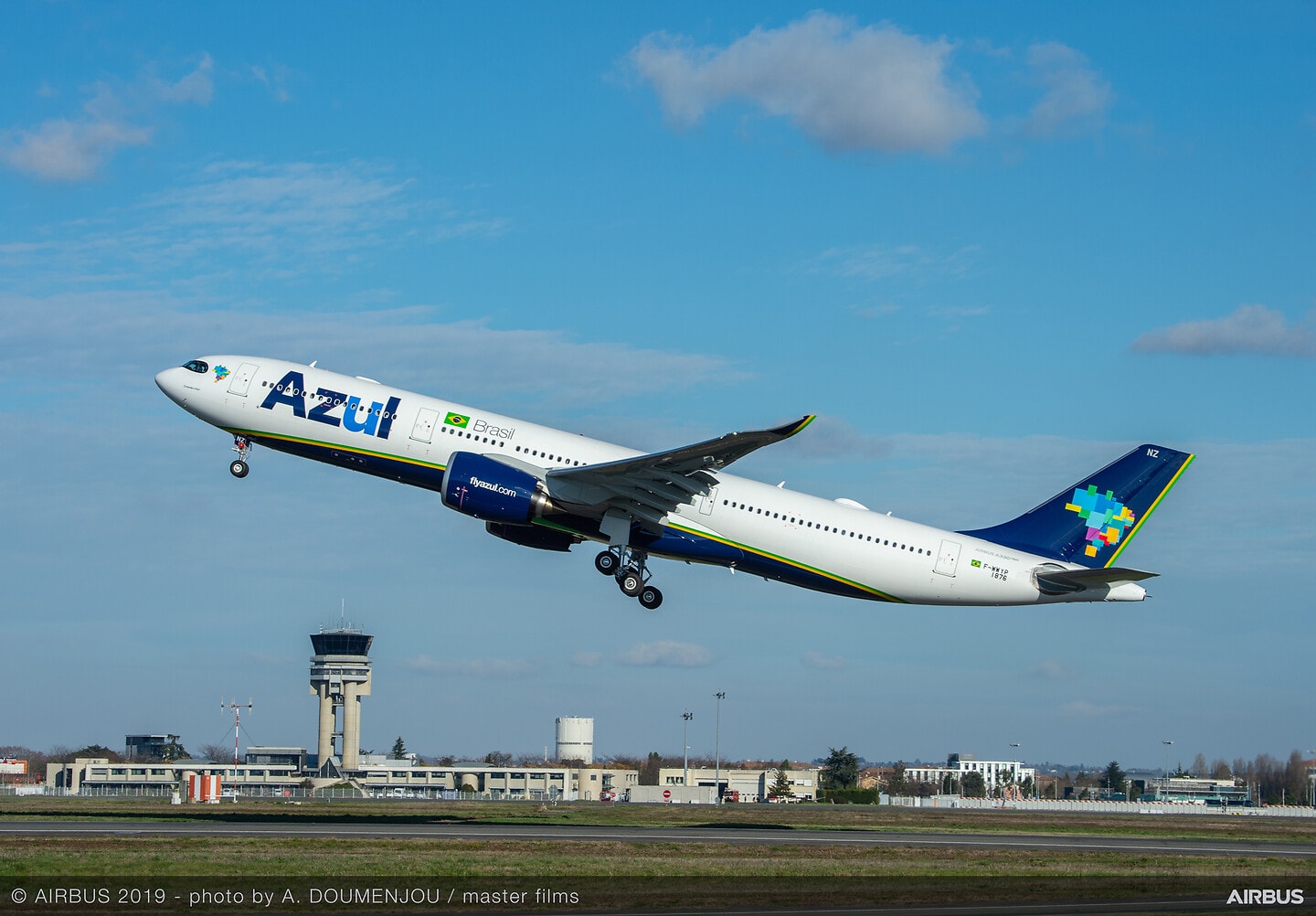
Photo: Courtesy of Airbus SAS
Currently, the Brazilian airline provides flights to Fort Lauderdale (FLL) and Orlando (MCO) from Recife, Belo Horizonte, and São Paulo. From each of these Brazilian gateways, Azul offers an extensive domestic and international network.
Looking to 2030: More Cities, Same Mission
Where will Breeze be by the end of the decade? Neeleman has a clear answer. “By 2030, we expect to be serving over 150 cities,” he said. “There are still so many places in the U.S. that don’t have nonstop service — and that’s just the beginning.”
As Breeze continues to expand, Neeleman remains focused on what set the airline apart in the first place: a commitment to comfort, simplicity, and underserved travelers. “We’ve built Breeze to remove the hassles, reduce the connections, and let people fly the way they’ve always wanted to,” he said. “That mission won’t change — it will only grow.”

